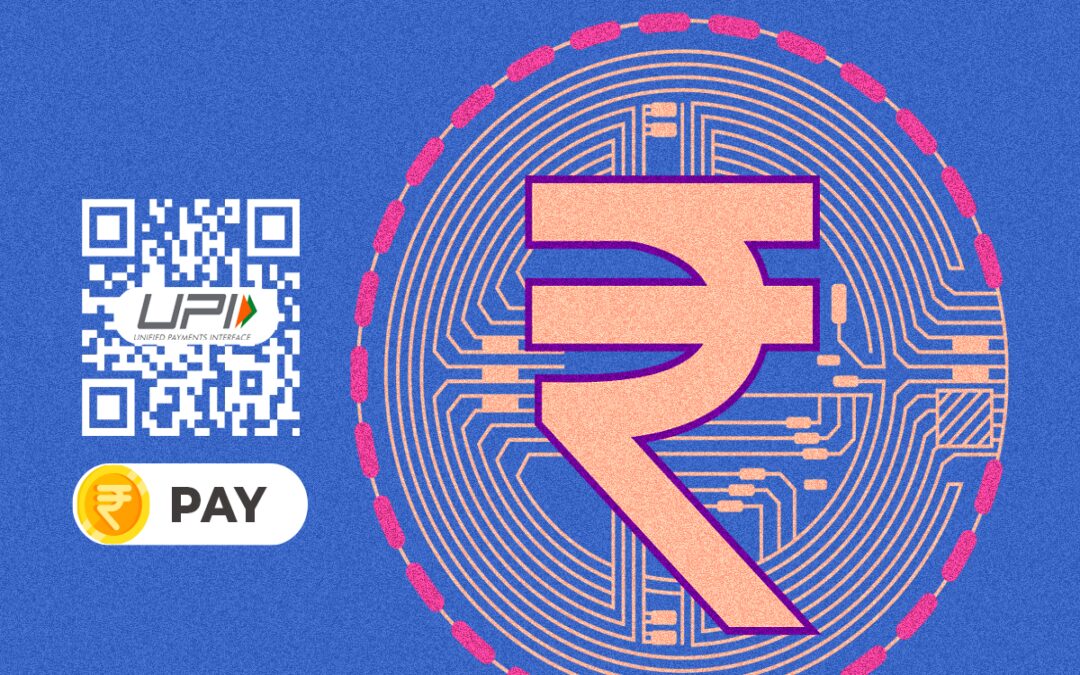Offline and feature phone-based payments and purpose-defined payments are the next big charters for the Reserve Bank of India and the National Payments Corporation of India (NPCI), for pushing the adoption of the central bank-backed digital currency (CBDC), said two bankers in the know of the matter.
Both the RBI and NPCI want CBDC to make digital payments as simple as cash transactions, the bankers said.
The RBI has also opened a sandbox for startups to test multiple CBDC use cases. As of now, daily transactions linger in the range of tens of thousands against the target of 1-million-plus that was expected by end-December.
“The problem is CBDC is not solving something that is not already being done by Unified Payments Interface (UPI), that is why it is hard to get customer adoption,” said the founder of a major payment fintech startup.
Industry insiders believe once new use cases get opened up on CBDC, it will attract more users to these wallets.
A unique aspect around the digital currency is it can be programmed for specific purposes. That opens up massive opportunities in direct benefit transfer, cash disbursals for specific purposes or something as simple as giving pocket money to children only to be used for canteen food or something specific.
“Currently, banks don’t have the required infrastructure to build products on top of CBDCs. Once the banks build these capabilities, many use cases will emerge. Programmability of money is what I believe will drive the adoption of retail CBDC and purpose-bound money is a big use case,” said Neeraj Singh, cofounder of Xaults, which is building core-banking solutions to help banks manage digital assets.
Also read | Digital Rupee: RBI plans to expand CBDC pilot to include more banks and locations
CBDC is a form of digital currency which is backed by the government, managed directly by the central bank and distributed by banks. Unlike private cryptocurrencies which do not have the backing of any physical asset, this will be similar to sovereign money but in a complete digital format.
In December 2022, the RBI started a pilot programme for retail CBDC adoption in India. On November 24, banks are set to meet the RBI to discuss the progress of the pilot programme.
Lagging behind targets
Currently, banks have three major targets: to build a customer base that adopts retail CBDC, get merchants to accept CBDC, and hit a certain transaction volume on the platform.
The industry is lagging behind on all the three targets, one of the bankers cited above said.
Banks need to push adoption so that the RBI can test the resilience of the CBDC ecosystem and ensure the platform can scale up. News agency Reuters wrote in October that banks are being pushed to offer incentives to customers to drive adoption.
Person-to-person payments and merchant payments are already solved by UPI, hence consumers are not feeling the need to adopt a new digital currency wallet for the same use case.
Experience similar to UPI
While UPI and the overall digital payment adoption skyrocketed during demonetisation and then Covid-19, no such tailwinds exist currently. So, it will need focused consumer awareness drives.
Yes Bank, which is one of the initial banks participating in the RBI pilot programme, is working on increasing customer awareness, said Ajay Rajan, country head, transaction banking.
“There are two major live use cases that we are currently trying to push. For consumers, CBDC transactions help declutter the savings account and make it more anonymous. Similarly, for merchants, settlement happens instantaneously as compared to any other digital payment modes which happens with a lag,” Rajan said.
One section of the industry believes that the focus should be on areas where transaction experience is not as smooth as consumer payments.
B2B payments or bulk transactions made between businesses is one such opportunity, believes Sharat Chandra, cofounder of India Blockchain Forum, a platform for crypto and digital currency enthusiasts.
“Hong Kong, Georgia, Australia and Singapore are a few of the countries that have already showcased CBDC use cases in real estate transactions, capital markets, trading in carbon credits and others. We need such initiatives in India, too,” said Chandra.
CBDC is still in the stages of proof of concept with some practical uses coming up here and there. It will take time to become a part of the mainstream, like debit cards or UPI. When it does, a whole new world around digital currency will likely open up.











